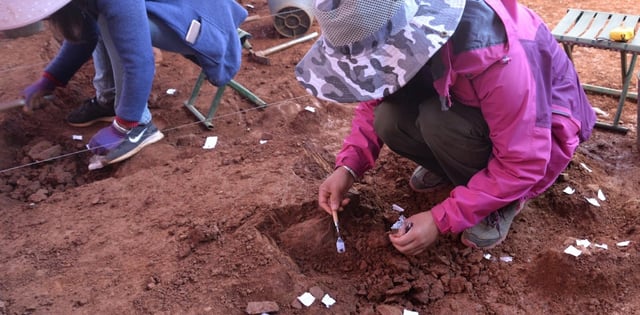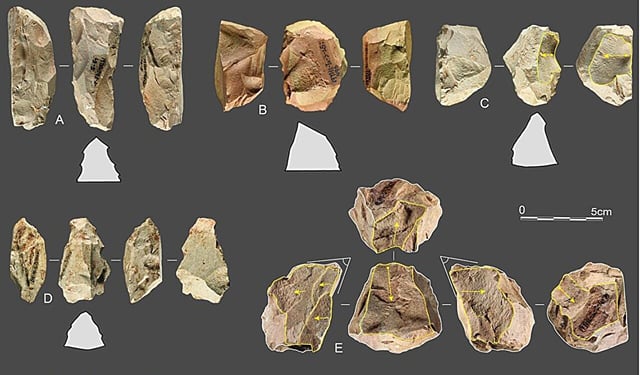Overview
- Researchers have identified 53 Quina scrapers at the Longtan site in southern China, marking the first definitive discovery of these Middle Paleolithic tools in East Asia.
- The tools, dated to 50,000–60,000 years ago, closely resemble those used by Neanderthals in Europe and the Middle East, both in design and function.
- This finding challenges the long-held belief that Middle Paleolithic East Asian populations exclusively produced simple tools during this period.
- The origins of the Quina technology in China remain unclear, with ongoing investigations into whether it was independently developed or introduced by external groups like Neanderthals or Denisovans.
- No human remains or DNA were found at the site, leaving the identity of the toolmakers uncertain, and further excavations are planned to explore deeper layers and surrounding sites.

